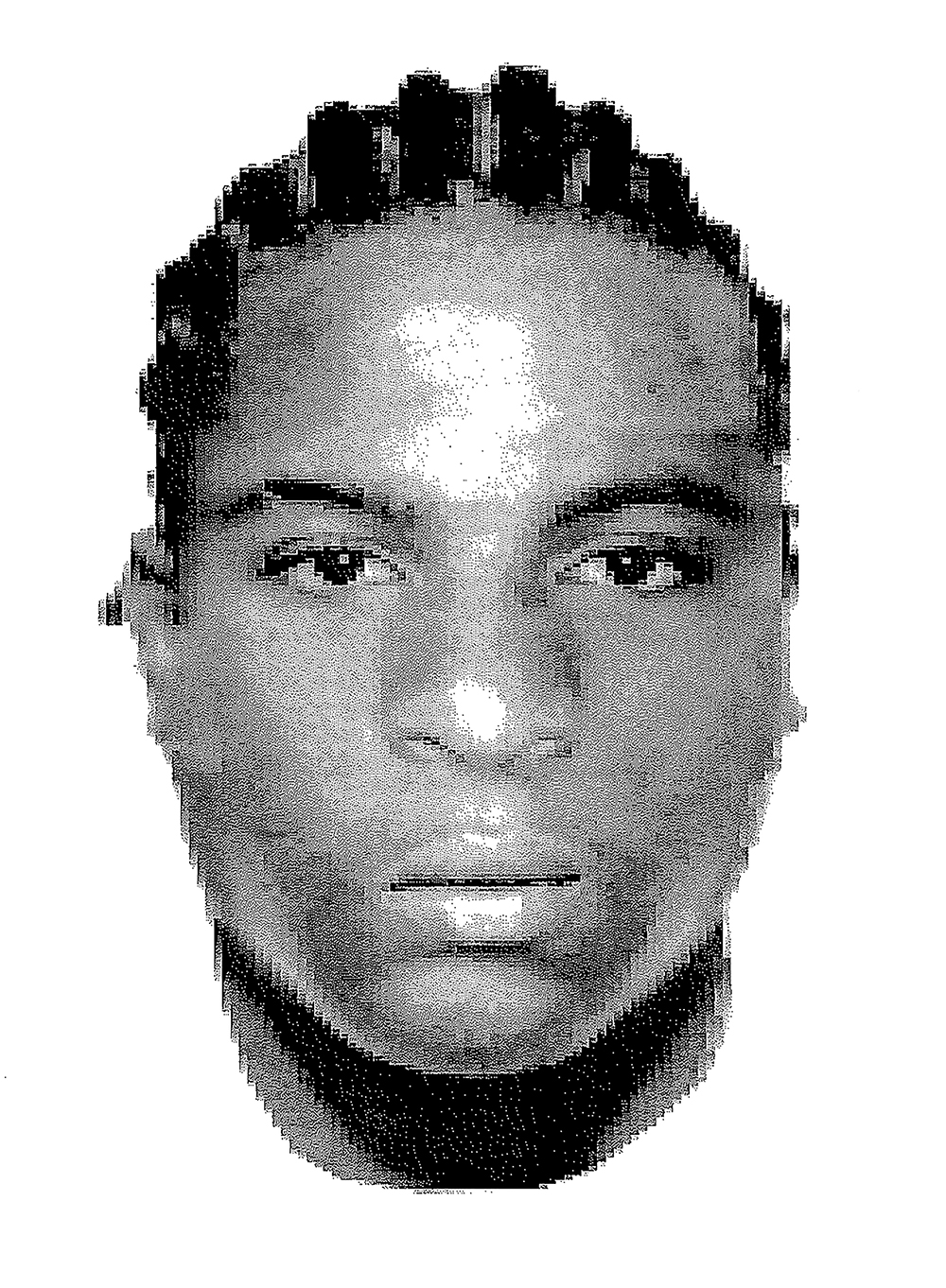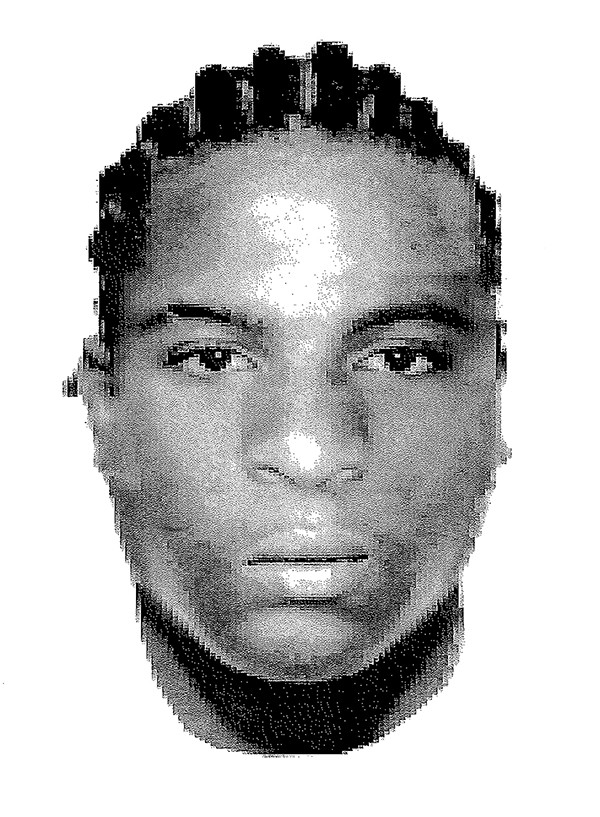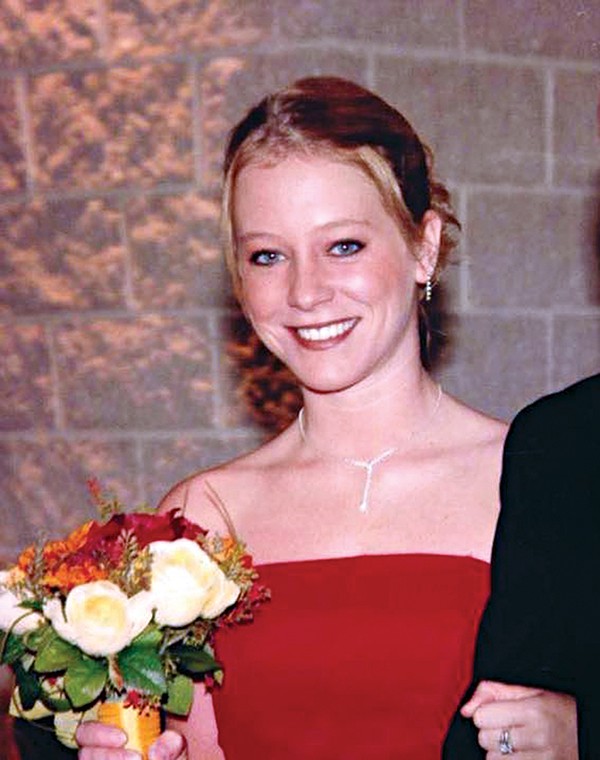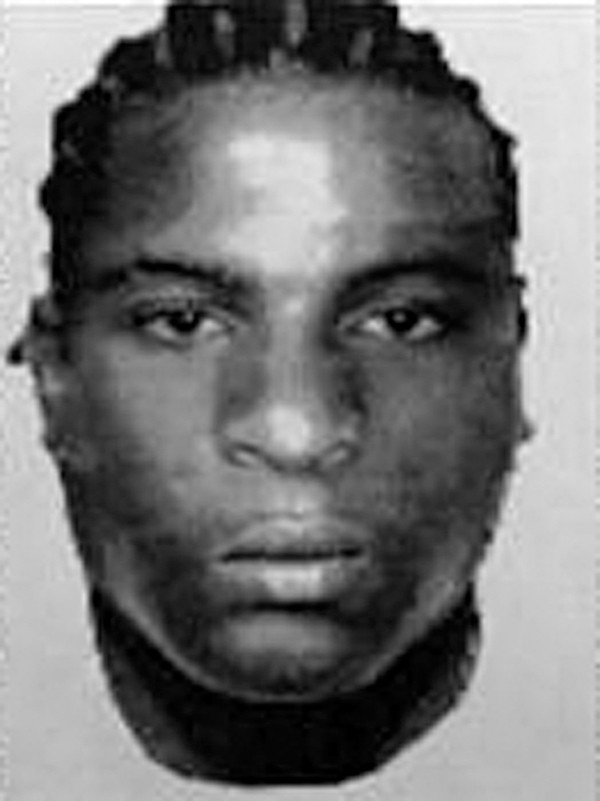“Remembering Jessica Lewis.” That was the subject line of an email that hit my inbox this morning from Legacy.com.
Dear Family and Friends of Jessica Lewis,
Being remembered matters. The message you shared in Jessica’s guest book was meaningful. On the anniversary of Jessica’s passing, share another memory of condolence and help others hold Jessica a little closer in their hearts.
I did take a look back at the “guest book,” a web page with her obituary, under which a handful of people wrote short notes in her memory. There’s still an option to send flowers, such as a $98 Eternal Affection™ Arrangement or the $78 Comfort™ Planter, which feels like a weird money grab all these years later. I think about her often and visit her grave in Millington at least once a year, but I don’t think writing a comment on a website or buying a bouquet will any better reflect “eternal affection.” I do need to go see her mother though. This isn’t a kind of grief that heals with time, but one that expands across it with no resolution — the unanswered questions filling the spaces between with anger and discontent.
Jessica was murdered on February 20, 2011. She was one of four women shot — three of whom died and one who survived — within a month’s time in South Memphis. She and Rhonda Wells were killed just days apart; their bodies both found in the unkempt Mt. Carmel Cemetery at Elvis Presley Boulevard and Elliston Road amid overgrown brush and crumbled, sinking headstones. Although the street just beyond the grounds is busy with traffic during the day, at night, the unilluminated graveyard is known to be host to criminal activity.

I’ve used my platform in media throughout the years to bring attention to Jessica’s case — and to those of Rhonda and Tamakia McKinney, whose lives were likely taken by the same perpetrator, according to investigators (although they were hesitant to officially label them serial killings). You may recall reading about Jessica before in this paper or in our sister publication Memphis Magazine, where I’ve shared various aspects of the story, from simply reporting and following up with investigators, to interviewing the survivor, to sharing more about Jessica, a mother of two who had a world of potential ahead of her until she fell into drug use.
I wish this column was an update of some sort, but after the passing of investigator W.D. Merritt in 2020 and the more recent retirement of his cold case partner — the two perhaps most familiar with the case — it seems we’re back to square one. Thirteen long years, so many new homicides, so many more cases gone cold. I’ve always felt the killings would have been solved swiftly if not for the lifestyles of the victims; it’s as if sex work gives a murderer a green light. With multiple casualties, DNA evidence, shell casings, and a surviving eyewitness, how have we come so far with no justice served?
I’m sharing here Jessica’s 2001 high school senior portrait, since all the photos of her and Rhonda and Tamakia that were ever shared by other news outlets were mugshots. These women were more than their addictions or life paths. They were people — as imperfectly human as me and you — who were loved and who are missed. The other image is a composite sketch created by MPD based on the 2011 description of the suspect provided by the survivor, who was shot in the face on February 26th of that year, and left for dead less than a mile from Mt. Carmel.
With or without an email reminder, Jessica is always close to my heart, and I will forever hold a grain of hope that the person who took her from us gets his due. I will use every opportunity to remind the community — and the world — that we still care. Their lives mattered, and we will not forget.






